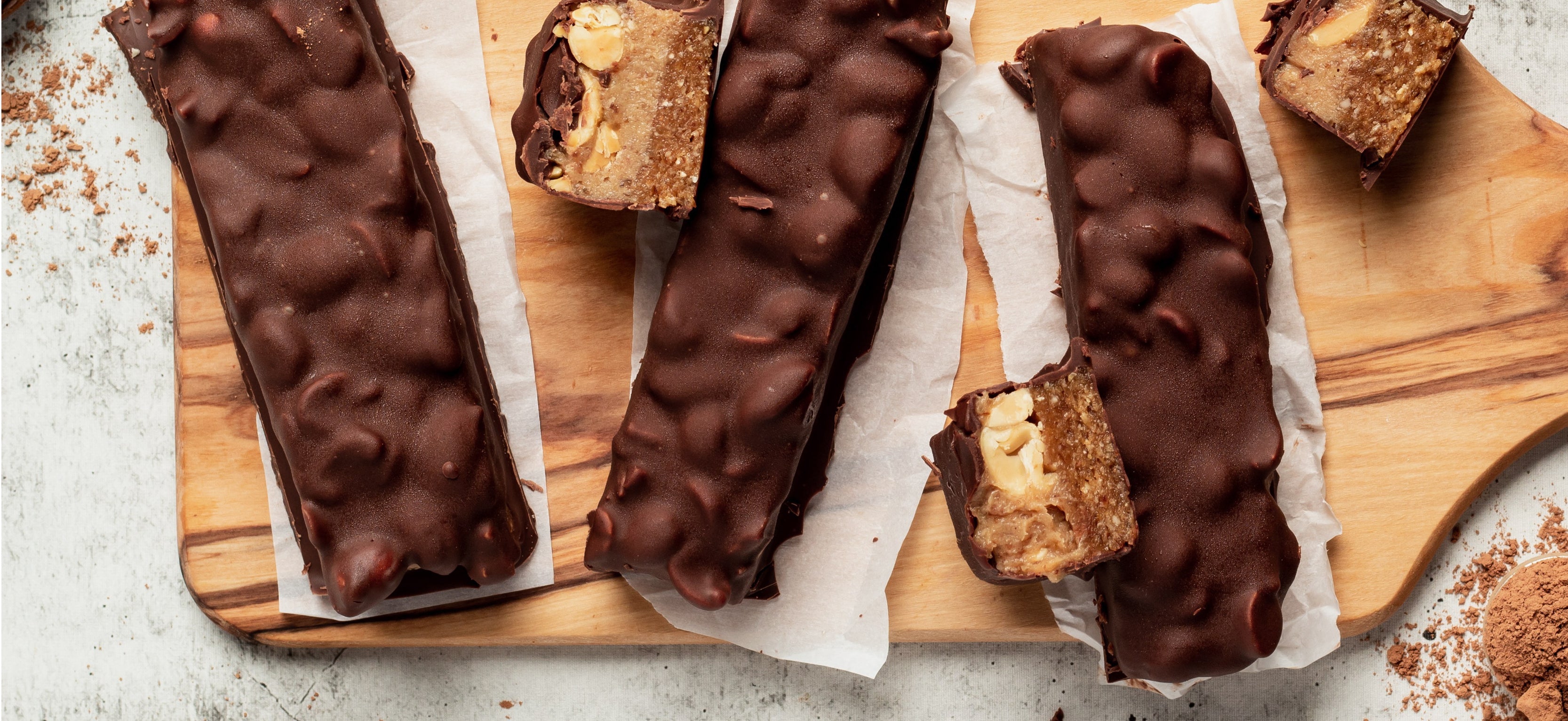For this month’s spotlight, it’s time to enter the green zone and talk about one super fantastic superfood – kale!
Kale is a leafy green vegetable, a close relative to broccoli and brussel sprouts, and a member of the Brassica family. Absolutely chock full of nutrients, it is no surprise that kale is considered one of the healthiest vegetables on the planet. The use of kale as a food source dates back as far as 600 B.C., it is relatively easy to grow and is surprisingly versatile in its food uses. The most common type of kale is called curly kale, which has green and curly leaves and a hard, fibrous stem.
So why eat kale? Well, apart from the fact that it can taste amazing, kale carries some pretty impressive health benefits:
Vitamin and Mineral Intake:
- Vitamin A for healthy eyes & skin and disease prevention.
- A range of B vitamins including B6 which helps maintain normal function of the brain and nervous system.
- Vitamin C to strengthen your immune system, boost metabolism and reduce cholesterol.
- Kale is high in omega 3 fatty acids and vitamin E which help reduce inflammation.
- Vitamin K for bone health & properly functioning blood clotting.
- Kale is high in iron, in fact it contains more iron than beef per serve, and helps to form hemoglobin – the molecules that carry iron in red blood cells.
- It is high in potassium which assists in controlling blood pressure and general cardiovascular health.
Weight Control:
Kale is low in calories, high in fibre and free of fat, but still provides bulk to help you feel full.
Anti-Inflammatory:
Acts as an anti-inflammatory which can help fight conditions such as arthritis.
Digestion:
Kale is high in fiber and water content, both of which help to prevent constipation and promote regularity and a healthy digestive tract.
Antioxidants:
Kale, like other leafy greens, is very high in antioxidants. This includes beta-carotene, vitamin C, as well as various flavonoids and polyphenols. Antioxidants are substances that help counteract oxidative damage by free radicals in the body. Oxidative damage is believed to be among the leading drivers of ageing and many diseases, including cancer.
What to Look For:
You should find kale in the cooled produce section of your local grocer or supermarket. Look for bunches that have firm and thick deep green leaves, steering clear of any that look wilted or yellow. Kale can be kept stored in the veggie section of your refrigerator, and is generally fine to be stored for approximately 1 week.
How to Use:
Kale is an incredibly versatile vegetable, and can be used as a side dish, salad or soup, or incorporated into a main meal. For a fantastic smoothie recipe check out Samantha Wells’ blog on our website “Favourite 5 Superfood Smoothies”, or stay tuned for some of our favourite kale recipes, coming out later this month.
For more great information and inspiration check out the BodyICE Pinterest page or keep following us on the BodyICE blog.




Leave a comment
All comments are moderated before being published.
This site is protected by reCAPTCHA and the Google Privacy Policy and Terms of Service apply.